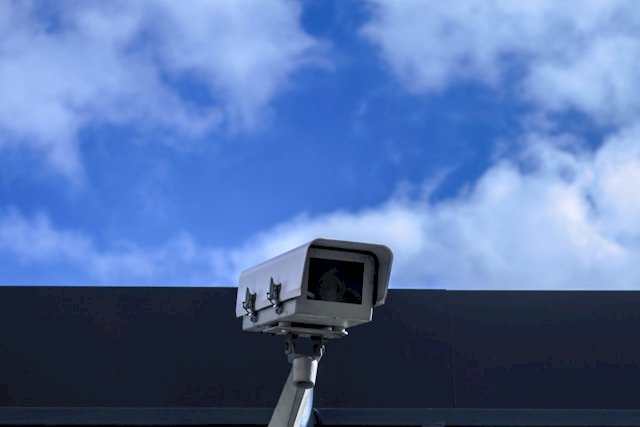CCTV for Construction Site Security: Best Practices and Guidance
2 months ago - 2 min read
CCTV is one of the most effective tools for construction security when installed and managed correctly. Not only does it act as a strong deterrent against theft, vandalism, and trespassing, but it also provides valuable evidence in the event of an incident.
Correct Installation and Camera Placement
For CCTV to be effective on a construction site, cameras must be positioned to achieve recognition-level image quality. Placement should avoid interference from site lighting, as glare or overexposure can compromise footage. The Home Office Operational Requirements Manual for CCTV provides useful guidance for achieving the right setup.
Lighting should always complement CCTV systems. Poorly planned lighting can create “white out glare”, making footage unusable. Infrared or low-light cameras are recommended for night time monitoring, ensuring consistent coverage around the clock.
On-Site and Remote Monitoring
CCTV systems can be monitored and recorded either on-site or remotely. Remote monitoring is particularly effective for larger sites or projects where 24/7 oversight is required but permanent staff are not present. As part of a broader construction site security strategy, remote CCTV monitoring adds another layer of protection.
Portable and Flexible CCTV Options
Construction sites evolve quickly, and so should security systems. Portable CCTV units are a cost-effective solution for dynamic sites, as they can be relocated easily as the project develops. Many portable systems also include built-in motion detection, alarms, and tamper alerts, adding extra layers of security.
Enhancing CCTV with ANPR Technology
For large-scale construction sites, Automatic Number Plate Recognition (ANPR) can be integrated into CCTV systems to manage vehicle access. This helps track authorised vehicles, log deliveries, and detect unauthorised entry attempts, improving both security and site management.
Compliance and Best Practice
It is important to ensure that all CCTV operations comply with UK data protection regulations. Guidance from the Surveillance Camera Commissioner can help ensure systems are compliant, ethical, and effective.
Key Takeaway: A well-planned CCTV system for construction site security is more than just cameras. It requires careful integration with lighting, remote monitoring, and flexible solutions like portable units or ANPR technology to provide a complete, future-proof security strategy.